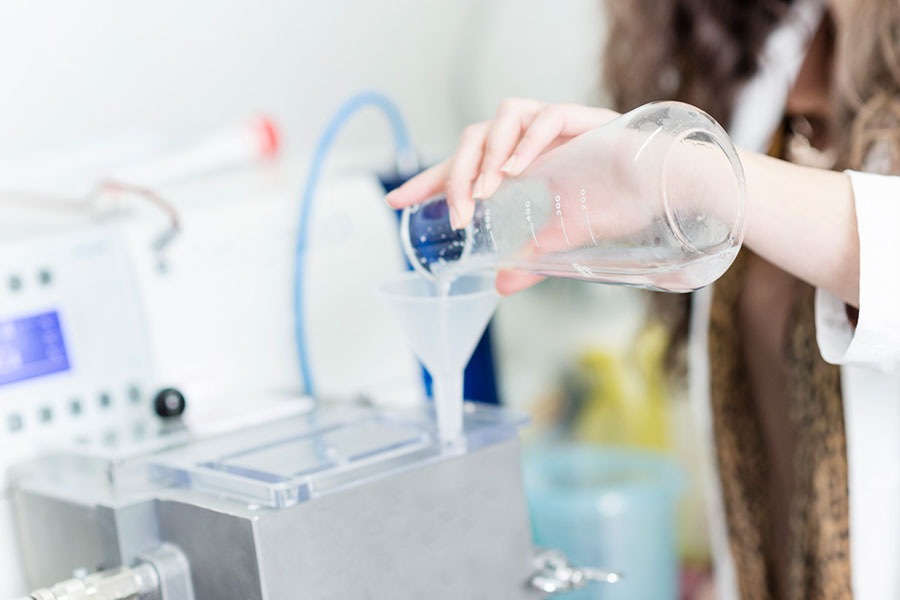Client:
PUB, Singapore’s National Water Agency
Status:
Completed
Understanding how multiple factors affect the quality of water at one of Singapore’s largest water treatment facilities, and the quality of water being discharged into Poyan Reservoir
At Choa Chu Kang Waterworks, one Singapore’s largest water treatment plants, there was a need to better understand the impact of multiple factors on the water quality of the sludge lagoon overflow discharging into Poyan Reservoir.
The Hydroinformatics Institute (H2i) was commissioned by Singapore’s national water agency, PUB, Singapore’s National Water Agency, to conduct water quality monitoring and modelling at the water treatment plant.
Lagoon sludge build-up
In 1980, a 15-m deep sludge lagoon was built at the treatment plant into which sludge residue from the water treatment process was diverted to for settling before the water flowed over into Poyan Reservoir.
An inspection of the sludge lagoon in 2015 found that it was almost filled up with sludge. Water depth was less than 10cm at most places. PUB, in weighing up options that included draining of the sludge and decommissioning the lagoon, wanted to ascertain the impact of each course of action on the water quality flowing into Poyan.
H2i developed a mass balance model to establish the impact of the different factors affecting the quality of water discharge, and to predict water quality that would result from each course of action. The study mainly focused on the impact of rainfall, the stoppage of sludge inflow, and the removal and dewatering of sludge. The model suggested that sludge removal could significantly improve water quality.
We supplemented our efforts with water sampling at a location where lagoon overflow had been observed, in-situ monitoring of water quality along the water column in the lagoon, and sediment sampling. This allowed us to validate our model.
